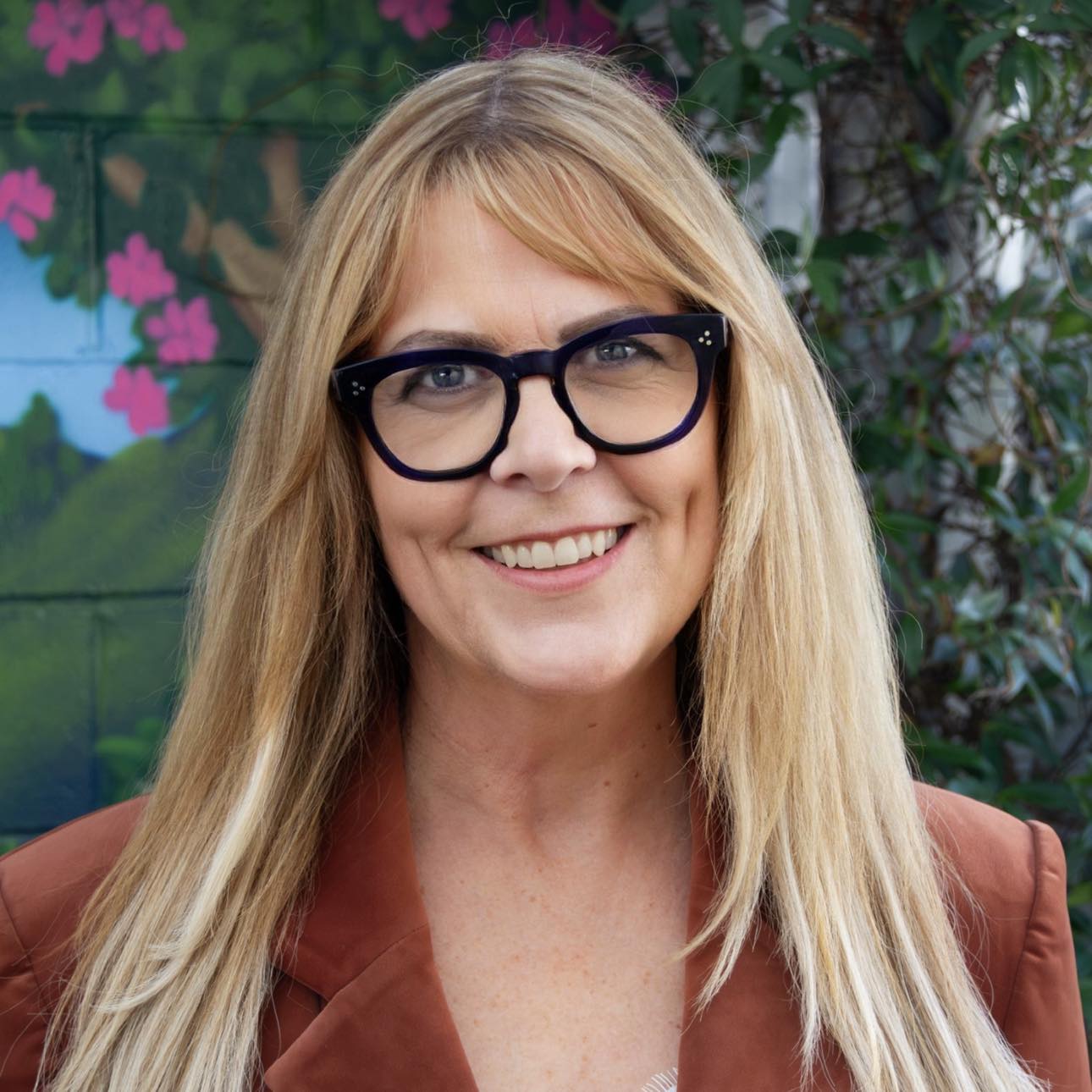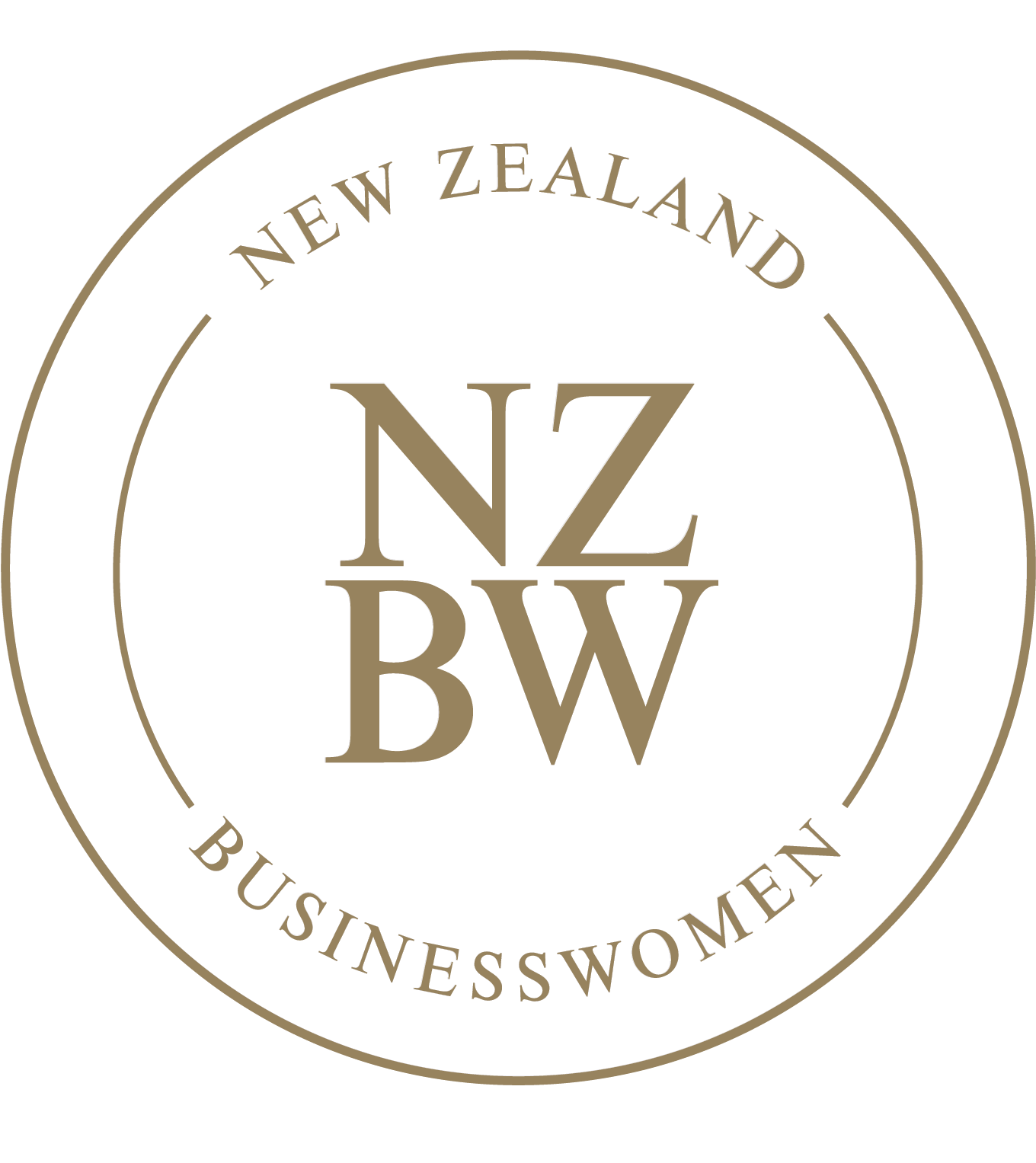
Meeting Topic
Introduction for meeting topic discussion:
This article is contributed by Jo Morris, ‘the Write Coach’. Whether you’re a plumber, an interior designer or a lawyer, writing is an essential part of your brand. Your writing – your website, your social media, your emails, and your promotional materials – will set the tone for how you engage with clients, who those clients are and how they regard you. To grow your business, you need to ensure that your writing showcases what’s great about it.
In preparation for this week’s one-minute intro, ask yourself – ‘How do I want my business to come across to my prospects and clients? Does this translate to the language I’m currently using on my website, my emails, or my promotional materials? If not, what do I need to change?’ and share your thoughts.
Writing for Business Growth – Watch Your Tone! by Jo Morris
Writing for business exists on a continuum. At one end is the most formal English, like how the Queen speaks and writes (Well, I assume she writes like she speaks – she’s never emailed me.). At the other end is slang, which most people don’t understand– think of teenagers you know. In between is standard English – like TV1 News – and casual – the everyday language of New Zealanders. And, of course, all the other shades along the continuum.
What does this all look like when it’s happening? Well, let’s suppose a range of people go to a seminar, and everyone enjoys it. Their comments might range from, “An excellent presentation, through “It was bloody good,” to “That seminar was hella lit.” (My daughter helped me with that last one.)
Getting the language of your business right involves making a conscious decision about where you want to sit on this continuum. Getting the tone right – so everything you write suits your business, reaches your target market, and sounds like you – can be harder than you think. Small details like your call to action, your punctuation, or your email salutations can help set that tone.
When you’re deciding on a call to action, think about the difference in formality between: ‘Please don’t hesitate to contact me with any questions,’ ‘Call me. Now!’ and, ‘Hit me in the DM’s.’ The first is a gentle invitation, the second an order, and the third targets the social-media-savvy generation. Your choice will depend on who you’re targeting, but also on what feels the most authentic to you as a person and as a business.
Speaking of Facebook, punctuation has evolved along with the internet. Two markers of casual English are exclamation marks and emojis. It’s become commonplace to use both in online chat (think Facebook, Instagram, Twitter, Messenger). However, both should be used sparingly, if at all, in emails and your website. A good rule of thumb for emojis in emails is to use them only when your client does first.
Personally, I find email salutations – how to open and close your email – a nightmare. I think this is because emails feel somehow less formal than letters. With letters, there was a clear hierarchy from formal (Dear Sir/Madam /Yours faithfully) to friendly (Dear Liz/Love) Now, it’s much less clear. Do I use a Maori greeting, like ‘Kia ora’ or ‘Tena koe’? Or do I open with ‘Dear’ (transferring this from my letter-writing days)? Or ‘Hello’? Or ‘Hi’? And when closing, do I use ‘Nga mihi’? Kind regards? Just ‘Regards’? or ‘Cheers’?
Like many pākehā, I suspect, I’d love to use Maori salutations but am nervous about getting it wrong. I’m not going to offer specific advice because of this, but ask a Te Reo fluent friend – or try a website like Victoria University’s https://www.wgtn.ac.nz/maori-hub/ako/te-reo-at-university/maori-greetings-and-phrases or the Te Taura Whiri ‘Maori for the Office’: https://tetaurawhiri.govt.nz/assets/Uploads/c5dd6c6bfd/Te-Reo-o-te-Tari-Phrases.pdf
When beginning an email formally, I like ‘Greetings’ or ‘Hello’. Less formal would be ‘Hi’ or ‘Hi there.’ The least formal – so be careful using it – is ‘Hey!’ As for your ending, you might be able to relate it to the content of the email. For example, you could write, ‘Thanks so much,’ or ‘Looking forward to our meeting.’ Otherwise, formal endings might be ‘Regards,’ ‘All the best,’ or even ‘Sincerely.’ If you’d like to be less formal, you might choose, ‘Cheers,’ ‘As ever,’ or ‘Best.’ In an email chain with colleagues, you probably don’t need an opener at all, and a simple sign off with your first name is enough.
When you’re thinking about the written language of your own business, consider your ideal clients. For example, a lawyer might decide to keep her writing reasonably formal, because she wants to appear knowledgeable and trustworthy. A counsellor might aim for conversational or even chatty, to appear warm and inviting.
Whatever tone you decide on, check that it’s consistent across all writing aimed at your target market.
Happy Writing!
You can find out more about Jo’s experience and how she helps her clients get their tone right here: https://thewritecoach.nz/
Next Meeting Topic
Lee Retimana is the Director and Chief Marketer & Brand Strategist at Muritai Group in Christchurch. In this article, Lee shares her take on how to build a successful collaboration between two businesses. That collaboration could be for a few different purposes – from creating better efficiencies to reaching a new market. Lee also shares what to consider BEFORE approaching someone and then HOW to approach that person to get the best possible result for both businesses.
Read the entire article below, and as you construct your 60-second introduction this time, be sure to share with your group one or two specific companies or TYPES of companies you would like to form a collaborative relationship with! Ask and ye shall receive!
How to collaborate and partner with others to grow your business By Lee Retimana – Director, Muritai Group
The general idea of collaborative partnerships is that two heads are better than one when it comes to solving challenges. They are a great way to introduce your business to a new market, expand your business and referral networks and offer new products and services to your customers. Leveraging the strengths and abilities of others can also help fill your skill and capacity gaps so you can focus on what you do best.
While collaborative partnerships are an excellent way to grow your business, often the hardest part is developing them! Here’s my short guide on how to get started and make your collaborations effective so they work for you.
2 questions to ask yourself before starting a collaboration:
- What is the purpose of the collaboration?
Think about what you’re trying to achieve with the relationship. What problem do you want to solve? Do you need a partner to take on some of your work overflow? Are you looking for a new product or service to increase sales? Or you do want to reach a new market and need a partner who can open those doors for you?
Some partnerships are short-term while others are needed on an ongoing basis. For example, some simple wins include teaming up on events or promoting each other through your social media, blog or eNewsletters.
Longer-term collaborations include becoming referral partners, cost-sharing on things like office space, combining efforts to create new products and services or teaming up to market each other. For example, you may be a web developer and want to partner with a copy writer who will refer you when a website is required, and vice versa. Or you may be a mortgage broker and want to make it easy for your clients to access conveyancing services by partnering with a lawyer.
Being clear on what you are trying to accomplish makes it easier to find the right partner.
- Who do you want to partner with?
Ultimately, a successful partnership adds value to your business and/or your customers and lowers costs. For this to happen, you need a partner that is interested in a mutual win-win relationship. Too often partnerships break down because of give and take; one partner is doing all the giving and the other, all the taking.
Find someone that shares your vision and values and is working toward a common shared goal. Another thing to think about is whether your products or services serve a similar audience. When your products or services are complimentary and both of you service a similar target market – that’s where the magic is.
Making the Connection
The next step is to connect with the right person. Start with your current network before you go looking elsewhere. You never know who you might find hiding in there. If you can’t find the right person, have a look in the Venus Business Directory and book in a rave with a member! Other sources included LinkedIn, Facebook and Google searches.
The best collaborations come from building good relationships first so some important things to think about:
- Communication
Having open, honest communication is the backbone of all successful collaborations. It is important for everyone to be on the same page at all times. This may mean you have to schedule regular meetings, call each other on a regular basis, or use some form of interactive app such as Trello.
- Plan Your Journey
Try to plan your journey as best as you can to iron out any potential problems you can envisage. It’s also a good idea to expect some hiccups along the way – we’ve found that things never quite go to plan.
- What Success Looks Like
Stay clear on what a successful collaboration looks like to both parties. Sometimes, even with the best intent, partnerships don’t work out the way you had hoped. It’s okay to walk away.
An example of a great collaboration
Recently we’ve had a great collaboration! We hosted several Getting Started with Video workshops, developed and presented by Carrie Harman of Red Feet Video. Carrie is also a Venus member who we met on a virtual meeting during lockdown.
When we decided to collaborate on this project, we figured that:
- Video marketing is an incredibly powerful marketing tool.
- Our mutual ideal clients are business owners that are struggling to do their marketing and video creation.
- We both coach small business owners on how to overcome these struggles.
Once the synergies between our businesses became obvious, we then looked for the opportunity to work together. This happened this year, culminating in three workshops, hosted by us at our office in Christchurch. The attendees gave rave reviews and learned so much!
Teaming up with a business related to your industry is an excellent way for you to introduce your business to a whole new audience. Collaborations can help you solve challenges and fill gaps in your knowledge to help your customers, and vice versa. It’s a win-win situation for both parties, and your customers!
Find out more about how Lee Retimana and her team help their clients at: https://www.muritai.com
 Print This Post
Print This Post




